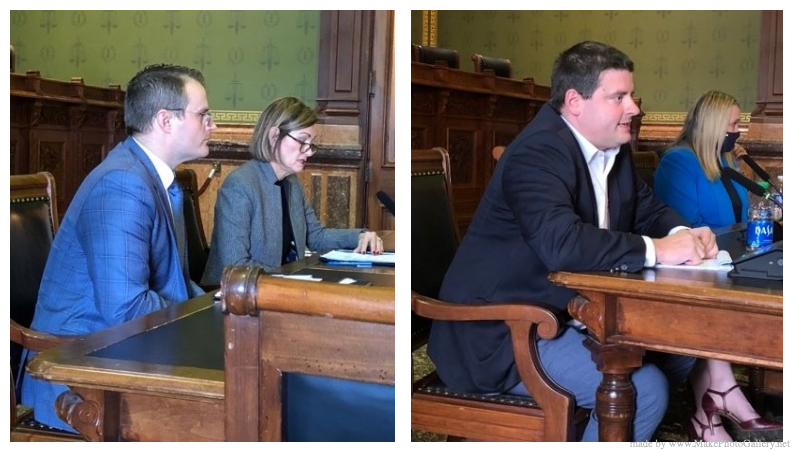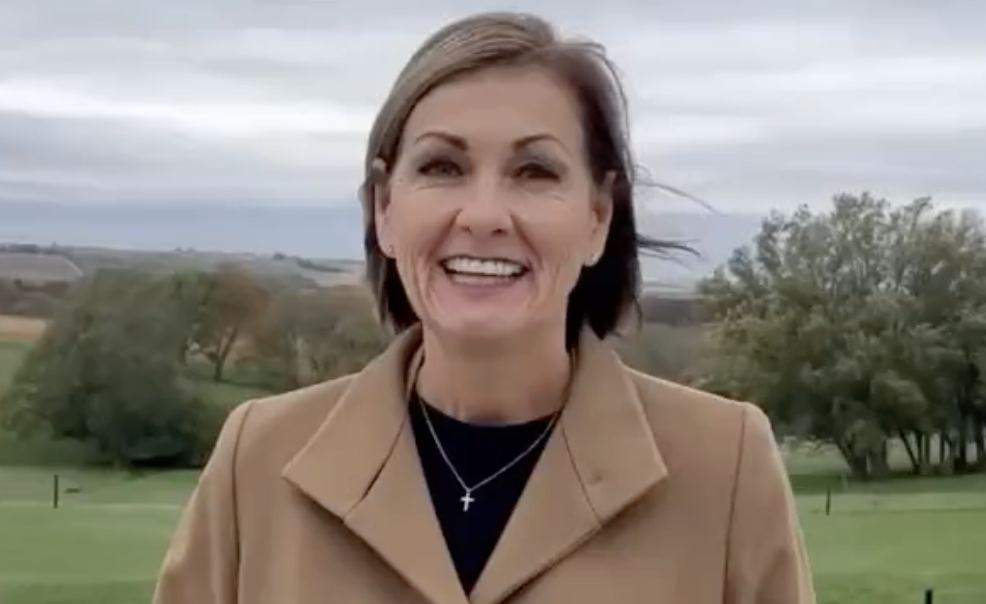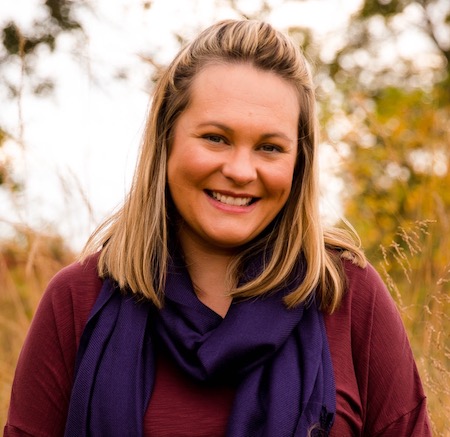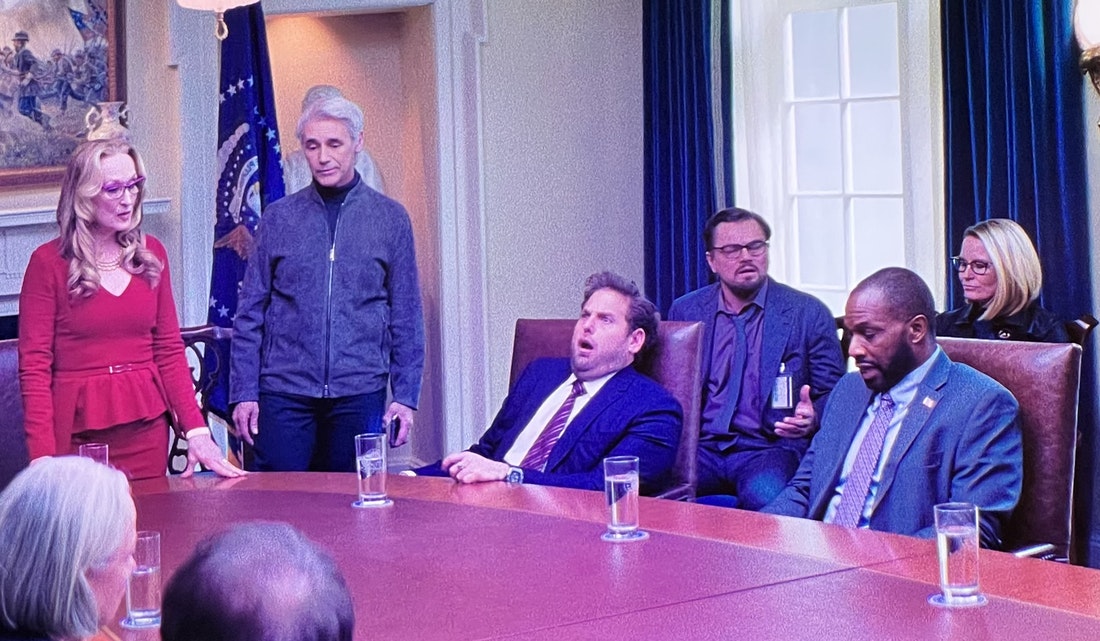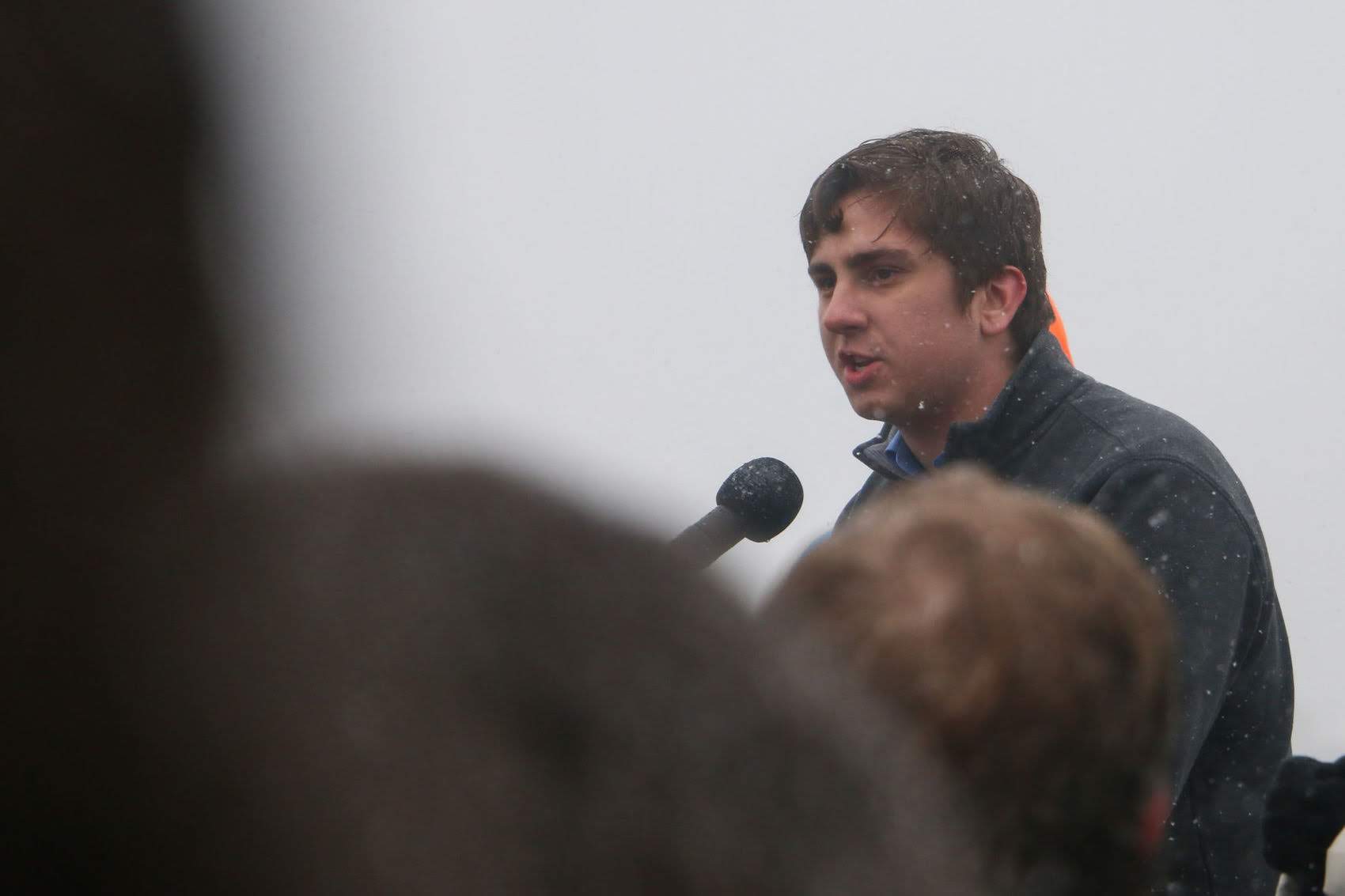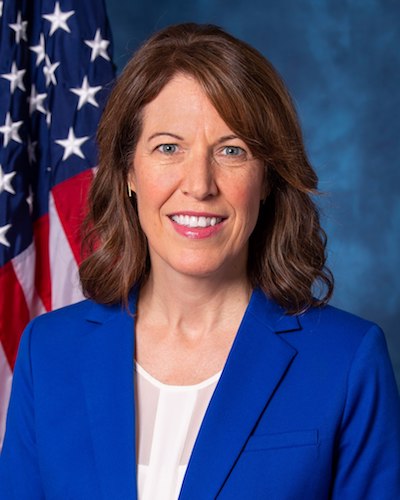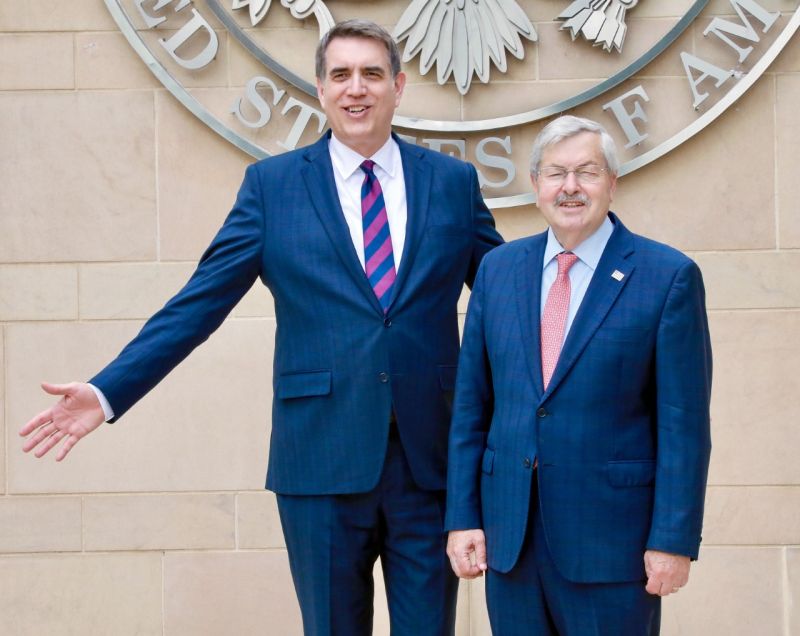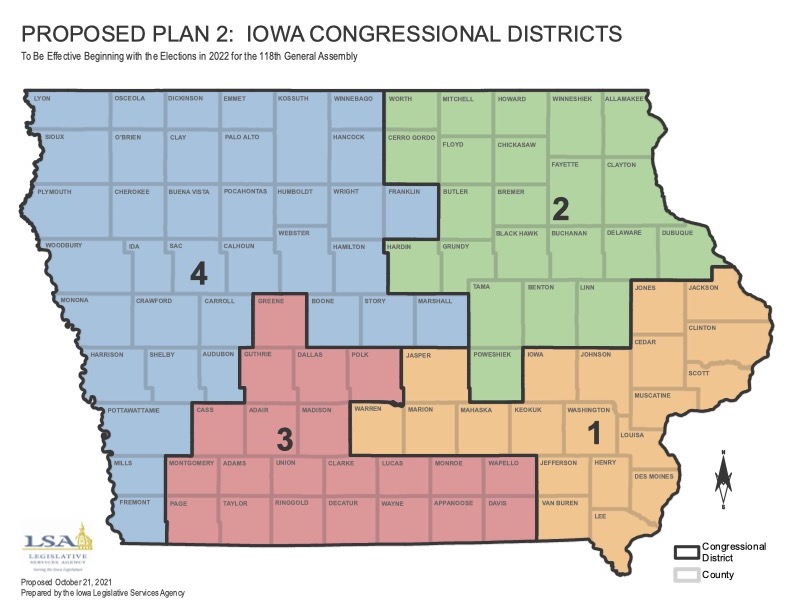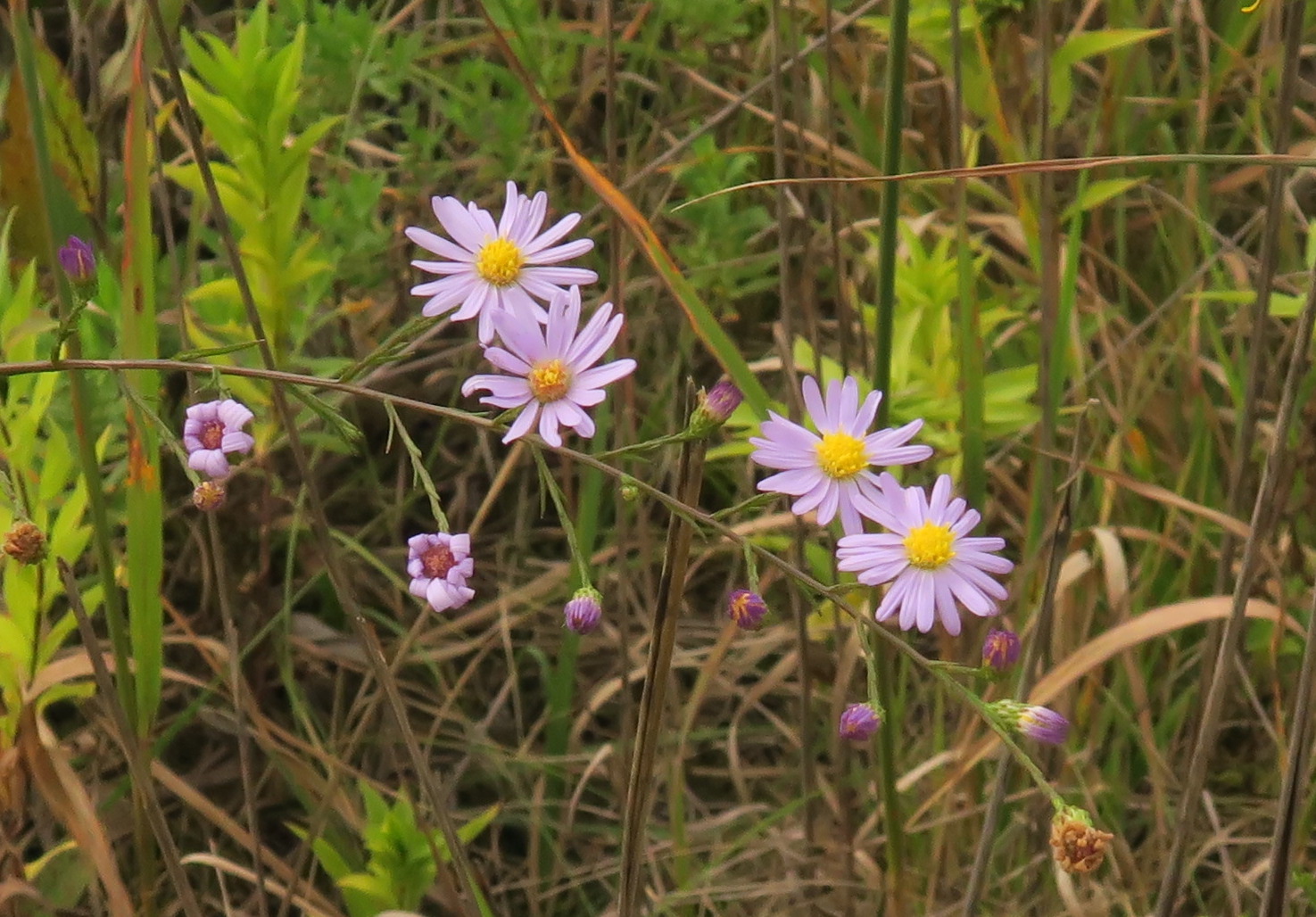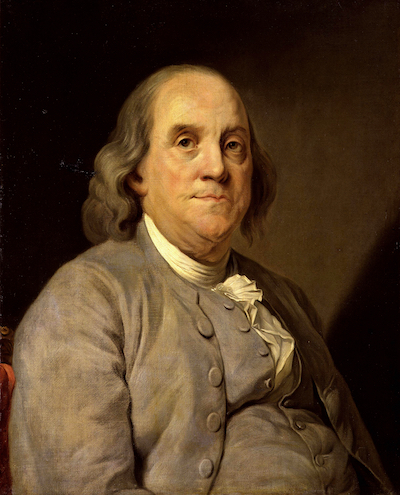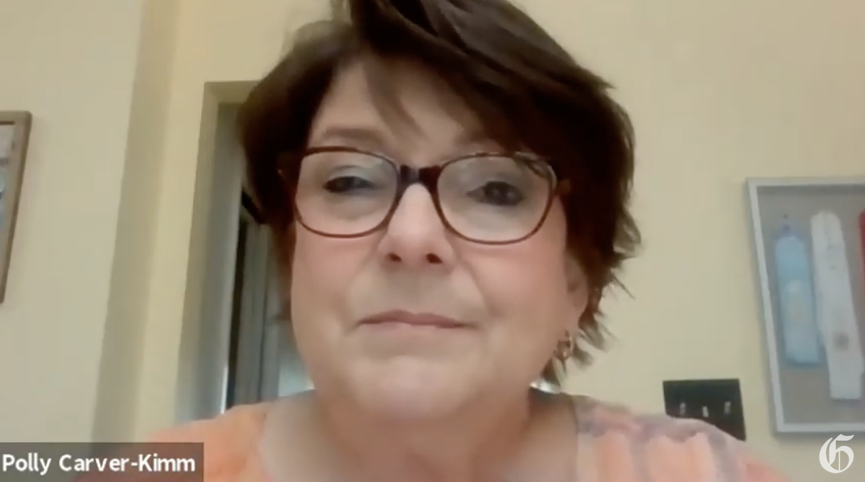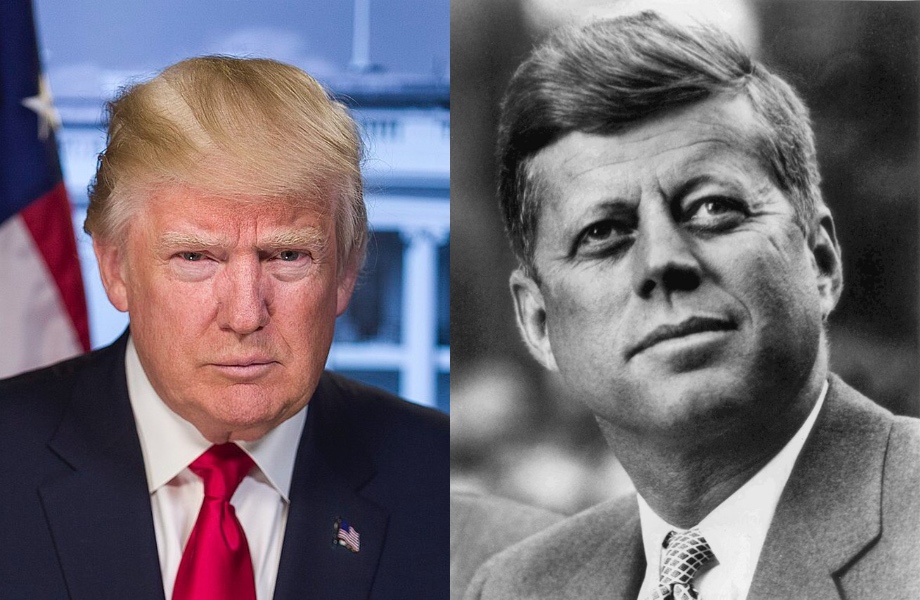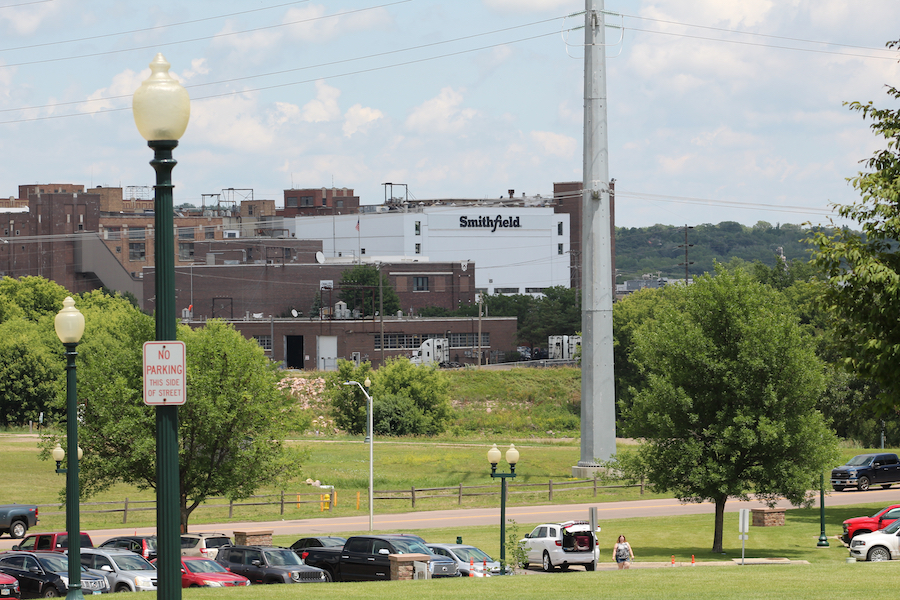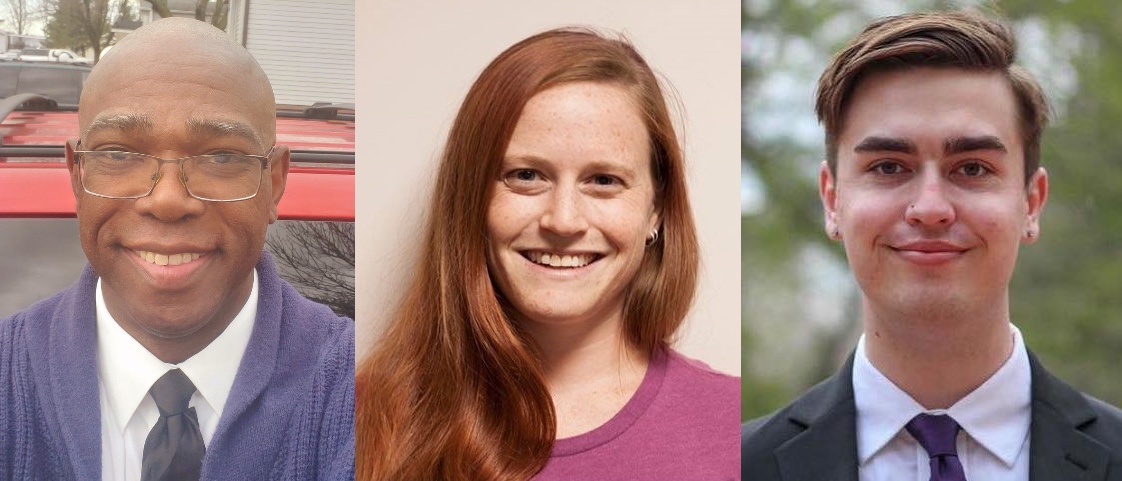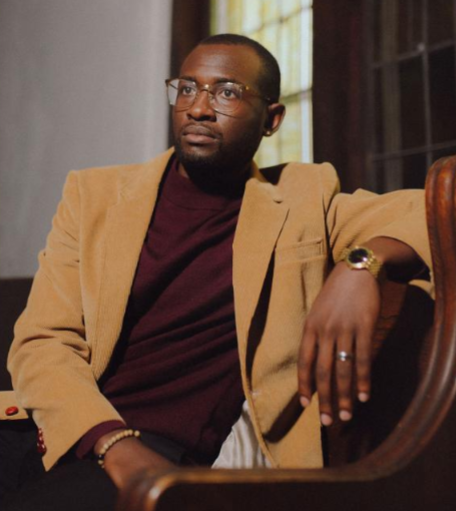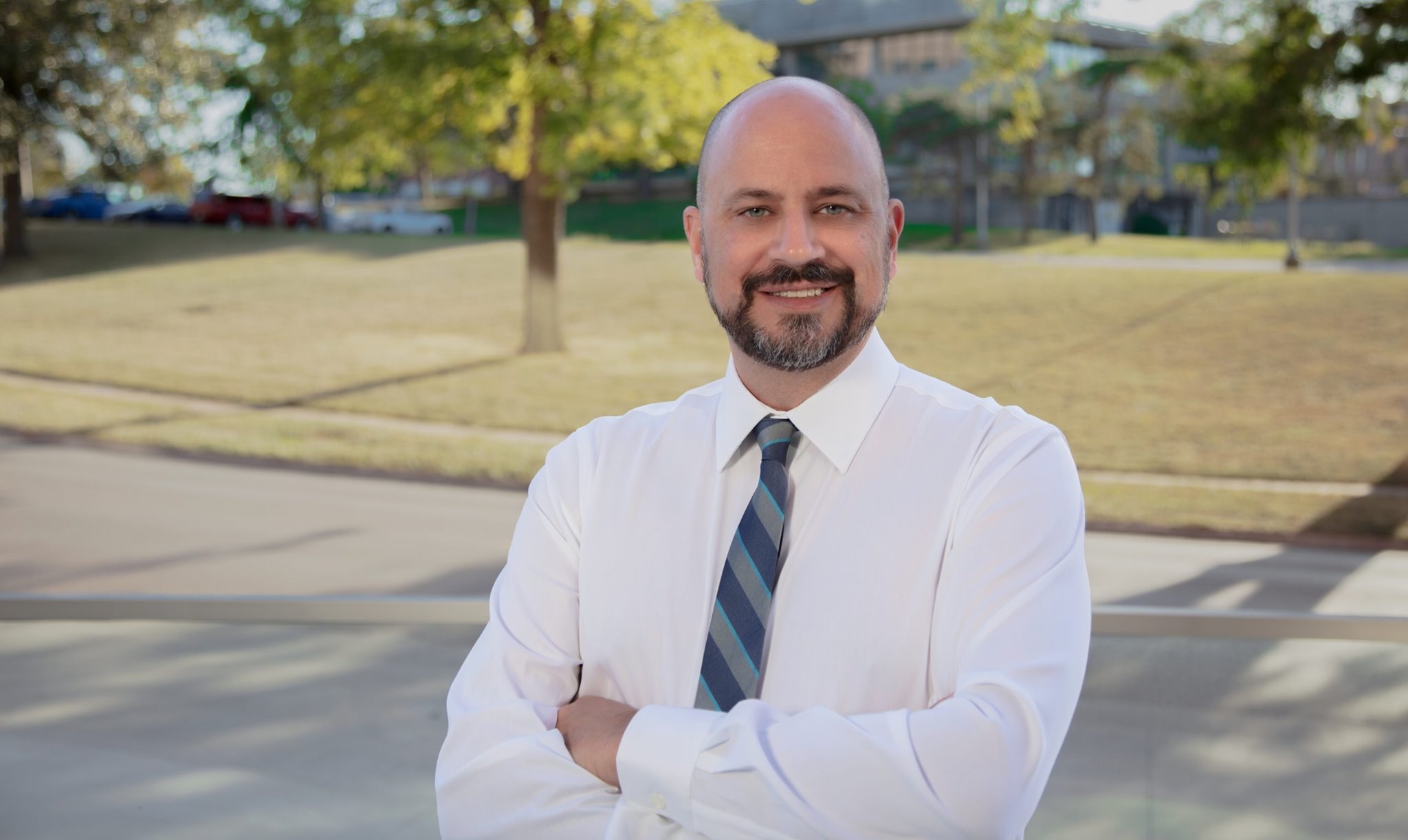During the year that just ended, 114 authors wrote or co-authored 236 guest posts for this website. Those articles and commentaries covered a vast array of topics and employed many different writing styles, from exclusive reporting to in-depth analysis to personal stories to satire. Some were among the most-read of the 598 posts Bleeding Heartland published in 2021.
As in 2020, the COVID-19 pandemic was a frequent touchpoint for authors; at least 28 guest posts addressed some aspect of the public health disaster.
Other state government policies inspired 40 posts, covering bills proposed or adopted by the legislature or Governor Kim Reynolds’ actions not directly related to the pandemic.
Nearly two dozen posts related to the January 6 coup attempt, the Big Lie about the 2020 election, or former President Donald Trump’s grip on the Republican Party.
Authors focused on the Iowans in Congress eighteen times, with Senator Chuck Grassley the leading subject.
Seventeen commentaries offered advice for the Iowa Democratic Party or Democrats generally in light of mostly disappointing election results here in 2020.
Candidates for state, federal, or local offices (or their supporters) wrote nineteen posts during the year.
Authors covered many other issues, from reproductive rights to the environment, and occasionally reviewed lesser-known historical events in Iowa or on a national scale.
I’m proud to provide a platform for progressive views and grateful for the hard work that went into creating these pieces, most of them published only at Bleeding Heartland.
Continue Reading...

